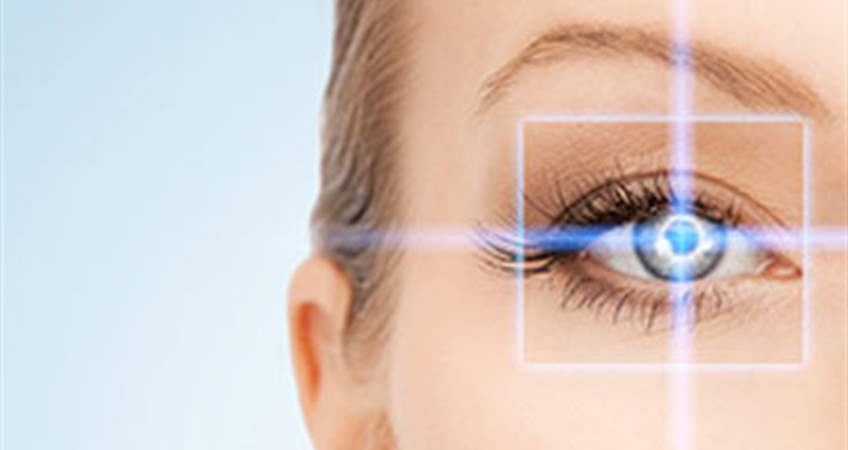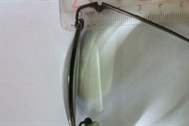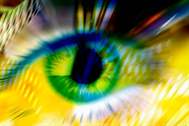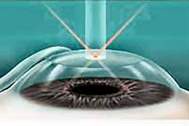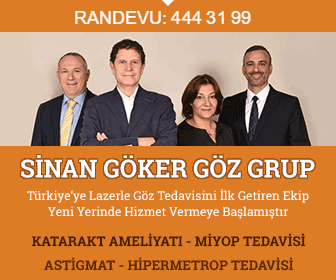The word LASIK is an abbreviation obtained with the initials of Laser Assisted in-Situ Keratomileusis. LASIK method is the ultimately perfected form of techniques by using laser technology which were actually initiated in 1949s and called lamellar refractive surgery. Within this technique, the principal is removing the epithelium layer located at the frontmost of the corneal tissue, and the Bowman layer (a layer without the characteristic of self-perpetuation) with a device called microkeratom or femtosecond laser (flap). Afterwards, Excimer Laser performs the shaping process on the middle layers and when it is completed the removed flap is adhered on its original place. The flap is well-adhered due to the liquid pump in the cornea.
Lasik method is a two phased process comprising of flap shaping and reshaping of cornea with excimer laser. For flap formation, power-operated microkeratom which is a special blade or femtosecond laser is used. Different terms are used depending on modifications which result in incomprehensibilities: iLasik, sLasik, zLasik, FemtoLasik, etc. Consequently, the basic principle of the process is same for all. Also, Excimer lasers of different brands are available on the market.
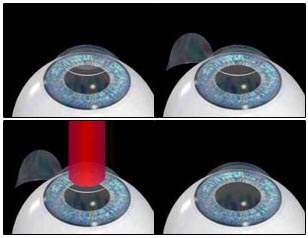 Will LASIK prevent any other future treatment or operation regarding my eyes?
Will LASIK prevent any other future treatment or operation regarding my eyes?
No. If a person who has undergone Lasik thereafter requires cataract, Glaucoma or retinal surgery, previously having been treated by lasik is not an obstacle for the treatment of those.
 Am I eligible for LASIK or not?
Am I eligible for LASIK or not?
First of all, you have to be subject to a detailed eye examination. If you use contact lenses, you have to quit using soft lenses 1 week before and hard and semi hard lenses 3 weeks before the examination. The values should be accurately measured in examinations with and without drops. Afterwards, corneal thickness is determined by corneal topography and pachymetry; wavefront measurement is performed by aberometer and pupil size is detected with pupillometer, and the nature of eye is examined in details. As a result of these examinations and investigations, your doctor will decide whether you are eligible for laser or not.
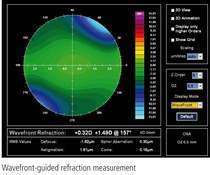
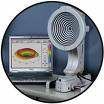
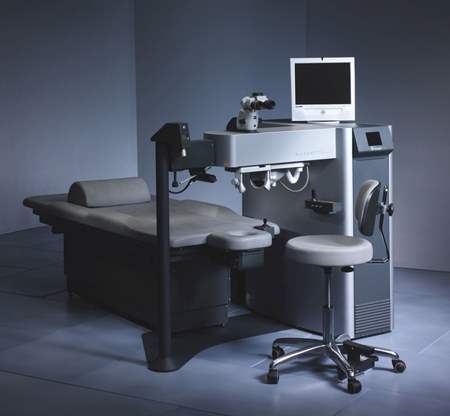
How is the examination performed?
Exhaustive measurements are performed. Our patients are informed about the procedure at the end of the examination. The patients should spare at least three days, the first of which is for the examinations and investigations; the next is for the treatment and the last is for the control.
How is the procedure applied before treatment?
The patients using soft contact lenses and gas-permeable semi-hard lenses should take their lenses off at least 7 days and 3 weeks, respectively, before the treatment.
How is the procedure applied during treatment?
You will be administered a tranquilizer about 30 minutes before the operation. This smoothes away the excitement for operation and enhances the conformity. Shortly before entering into the laser room your eyes are administered anesthetic drops to ensure that you will not feel any discomfort or pain. When you lie down on the laser table your eyelids are wiped with an antiseptic solution and covered by a plastic cover. A specific wire is used to separate your eyelids. Thus, you are not able to close your eyes even if you want to. Afterwards, you will see the bright light of the microscope and a green punctuate light in the middle of it. Your doctor will ask you to stake in that green light during operation. As the laser is focused on the eye during the treatment, it will follow the eye up even if it moves. The fact that you are comfortable and at ease will relatively shorten the duration of the operation. Treatment duration is 4-5 minutes for each eye.
How is the procedure applied after treatment?
Antibiotic drops are administered in your eye after the operation and you have to wear protective glasses to avoid dusts. These glasses are taken off the following day. Blurred vision is an absolutely natural situation. You may have a feeling of burning, stinging and watering in your eyes for a few hours. Pain is rare; so, it is possible to relieve it with a simple analgesic in case it occurs. Avoid touching, scratching and rubbing your eyes. Avoid having a bath and washing your face. You should not watch television or read anything.
Administer you antibiotic drops as recommended by your doctor. The day following the treatment, our patients will necessarily be subject to a brief check in our institute as it is highly significant. Following the control, the people whose treatment is completed will go on their daily lives.
The drops are to be used for 1 week and then they are discontinued.
Avoid make-up for 1 week.
Avoid swimming pools and sea for 2 weeks.
You may have a bath or take a shower following the control on the next day of the treatment. However, you should avoid soap and shampoo getting in your eyes.
 Türkçe
Türkçe English
English
 German
German
 Spanish
Spanish


